I sat on the terrace of a little restaurant in Taormina, savoring a quiet dinner, when everything changed. The sky flashed orange, and everyone around me gasped in unison.
Mount Etna erupted right in front of us. Etna erupts pretty often—sometimes several times a year—so locals treat it as just another part of Sicilian life.

The waiter kept his cool as he poured more wine into my glass. “She’s putting on a show for you tonight,” he said, grinning. Locals call Etna “Mamma Etna,” and they treat these eruptions with a mix of respect and nonchalance. The volcano has shaped this place for thousands of years, leaving its mark on both the land and the culture.
What made this night unforgettable wasn’t just the lava fountains painting the sky. It was the way locals carried on with their conversations, glancing up now and then to enjoy nature’s wild display.
Tomorrow, volcanic ash might dust the streets. Tonight, though, Sicily’s wild heart was on full display, and Taormina reminded me why it’s one of the most unique places to have dinner in the world.
A Memorable Night in Taormina: The Unexpected Etna Eruption
The night Mount Etna erupted during my dinner in Taormina stands out as one of the most breathtaking moments of my Sicily trip. What started as a regular evening quickly turned into a natural spectacle that stole everyone’s attention.
Dining with a View: Setting the Scene
I picked a small restaurant perched on Taormina’s eastern cliffs just for its Etna view. My table sat right on the terrace, overlooking the Sicilian coast, with Europe’s most active volcano looming in the distance.
The waiter brought my pasta alla Norma—a classic Sicilian dish inspired by the opera. The sun had dipped below the horizon half an hour before, leaving the sky a deep, star-speckled blue.
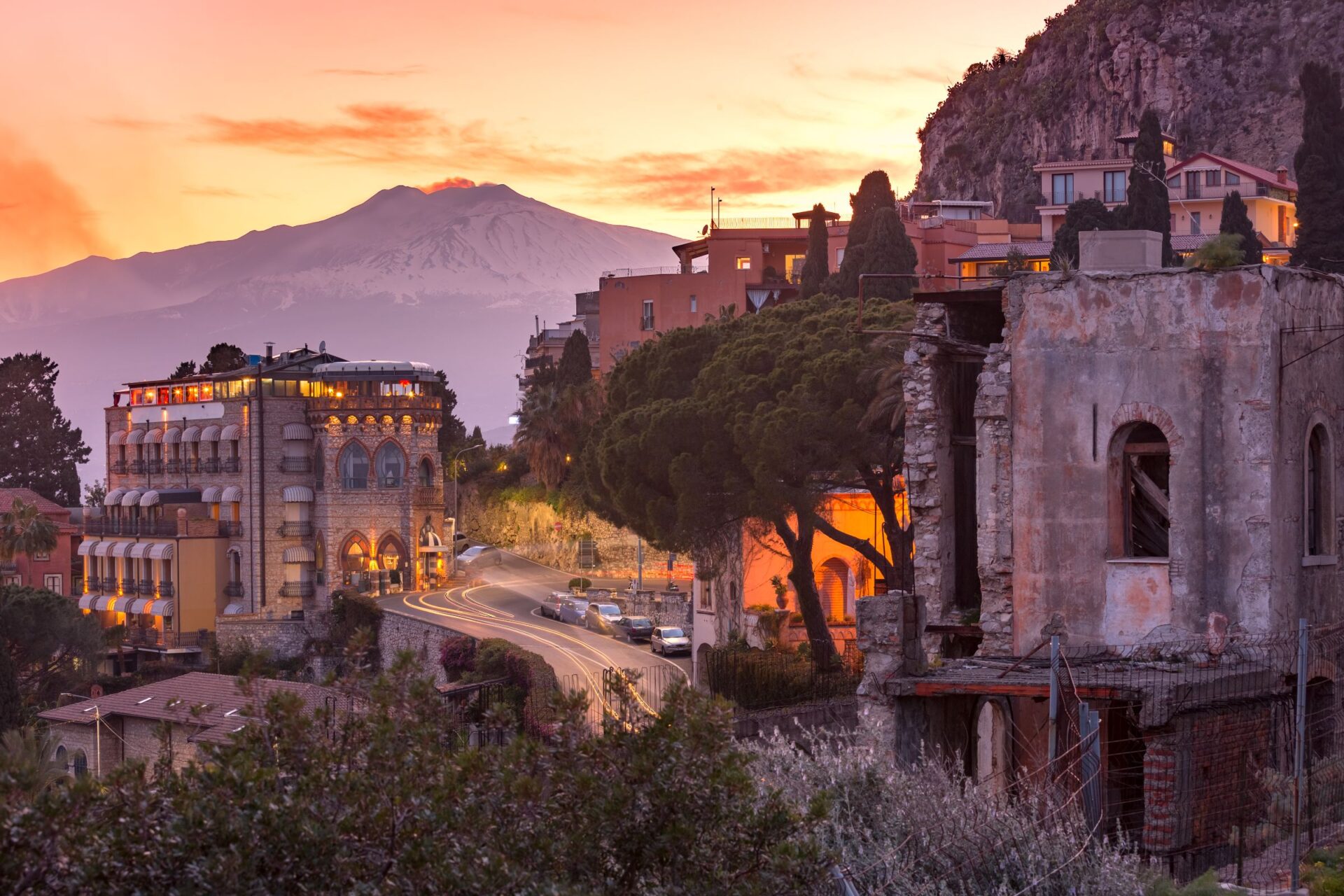
Other diners chatted quietly, and soft Italian music played somewhere in the background.
“The view of Etna is spectacular,” my waiter said as he seated me. “If you’re lucky, she might put on a show tonight.”
The Moment Mount Etna Came Alive
Suddenly, a faint orange glow flickered at Etna’s summit. Within minutes, bright red lava spilled from the crater, sending fiery streams down the dark slopes.
The eruption ramped up fast. Red-hot lava shot into the night, creating a fireworks show that felt almost unreal. Ash billowed upward, lit by the molten rock below.
This moment felt extra special because nobody saw it coming. Locals later told me even scientists hadn’t predicted the eruption’s timing or strength.
“Etna has her own schedule,” an older man at the next table told me. “She never asks permission to erupt.”
Emotions and Reactions in the Heart of Sicily
The restaurant fell silent as diners left their meals to watch. Some people gasped, and a few scrambled for their phones to snap photos.
I felt awe mixed with a bit of nervousness. We were safe in Taormina, but nature’s power was humbling.
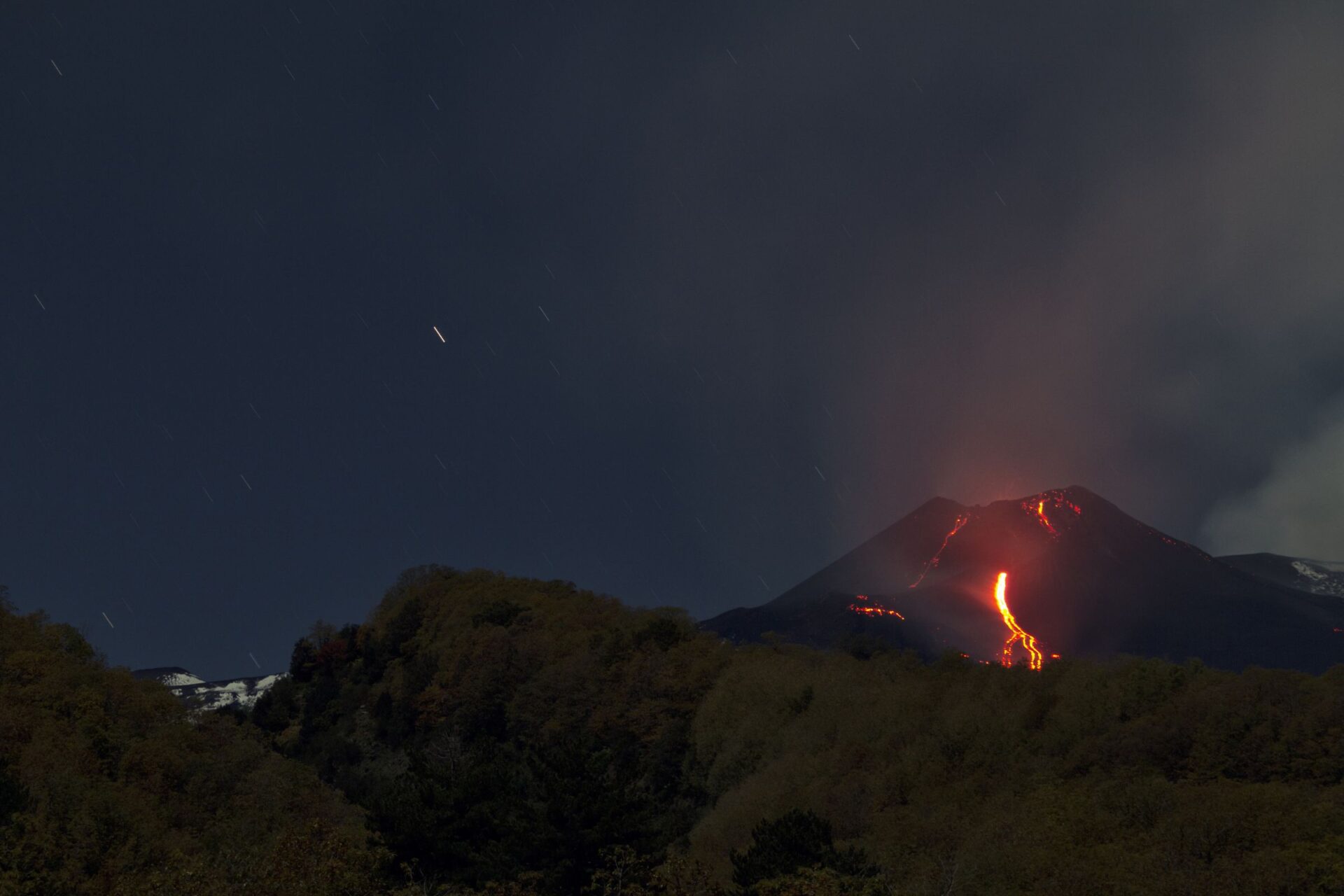
The owner came around with complimentary local wine. “To Etna,” he toasted, smiling. “Our beautiful, temperamental neighbor.”
Strangers started chatting. A British couple said they’d visited Sicily for years, hoping to see an eruption. An Italian family explained how Etna shaped their culture and identity.
That night, everyone there formed a strange, instant bond—united by the wildness of Sicily.
Understanding Mount Etna: Europe’s Most Active Volcano
Mount Etna looms over Sicily, inspiring both awe and respect from everyone who lives nearby or visits. Its constant activity has shaped the island’s story for thousands of years.
Geological Forces Behind Etna’s Activity
Etna sits right where the African and Eurasian tectonic plates collide. This collision creates ideal conditions for volcanic activity. The volcano rises nearly 11,000 feet and covers about 600 square miles, making it Europe’s tallest active volcano.
I learned that Etna’s magma chamber sits close to the surface, which explains why eruptions happen so often. Locals call it “Mungibeddu” in Sicilian, meaning “beautiful mountain”—a nod to their complicated feelings about it.
Etna fascinates me because it’s always changing. Each eruption adds new layers, while others collapse, so the mountain never stays the same for long.
The fertile volcanic soil at its base is prized for agriculture, especially vineyards.
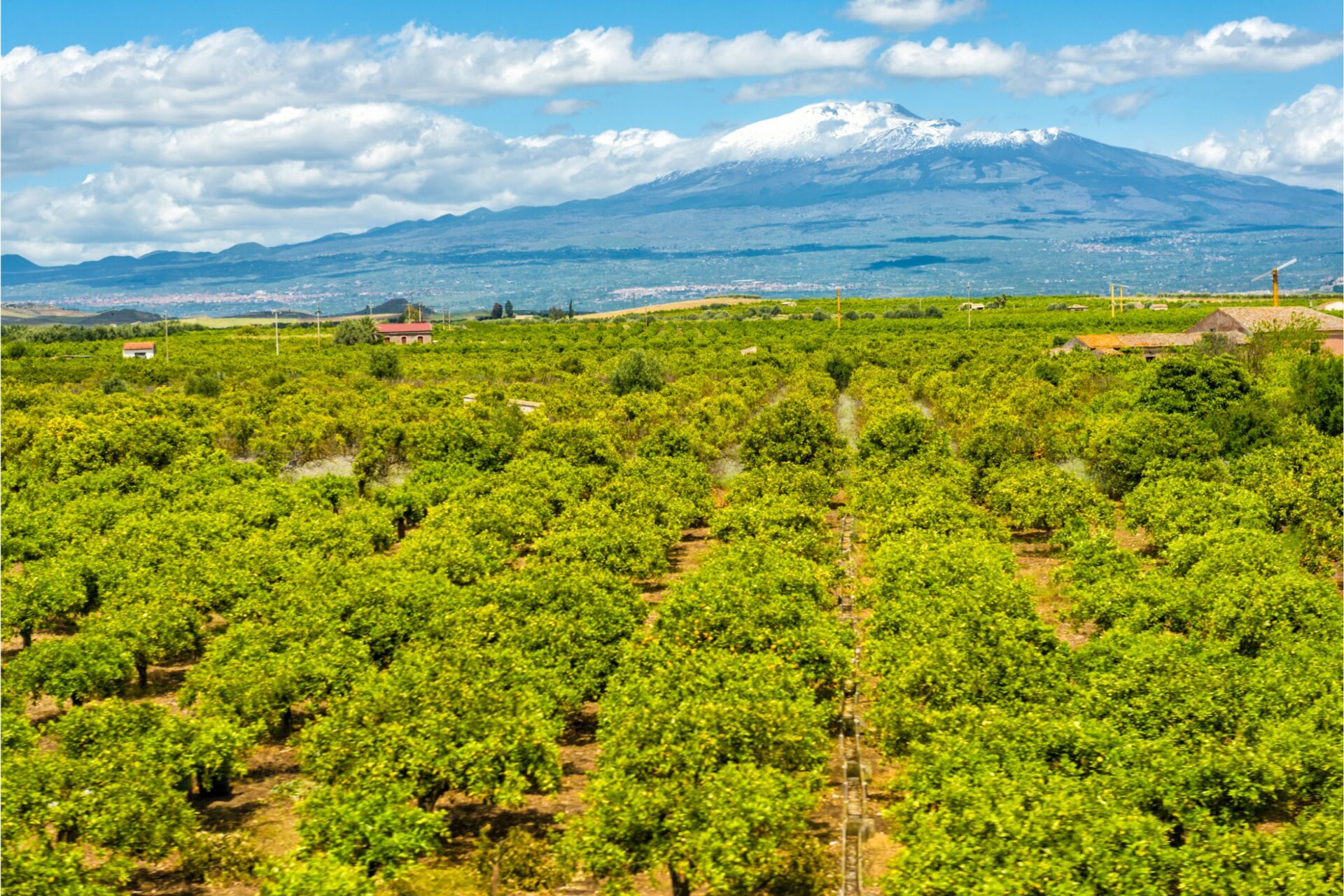
The Significance of Volcanic Cones and Craters
When I first visited, I was surprised to see Etna isn’t just one volcano—it’s a whole system of craters and cones. The summit has four main craters that regularly belch steam, gas, and sometimes lava.
The Silvestri Craters, formed during the 1892 eruption, are the most accessible for visitors. Walking their rims gave me a new appreciation for the volcano’s strength.
Etna’s cones keep changing. New ones pop up during eruptions, while old ones go dormant. Every visit feels different, honestly. The highest point you can reach changes depending on how active things are.
Visitor tip: Always check the latest activity reports before trying to climb!
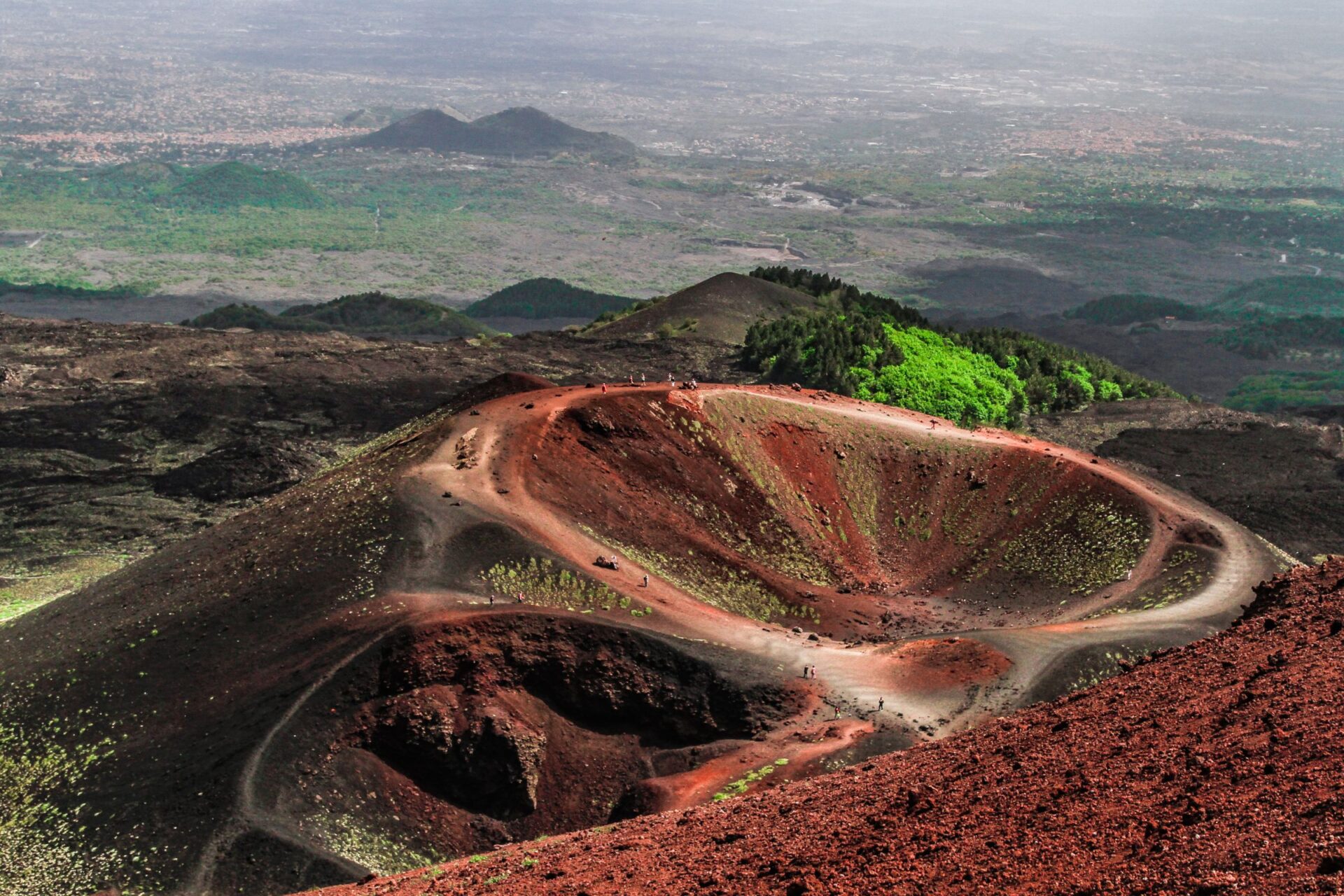
Historical Eruptions That Shaped Sicily
Etna has erupted for about 2.6 million years, with records going back to 1500 BCE. The most destructive modern eruption hit in 1669, when lava reached Catania and destroyed part of the city.
In 1928, another big eruption wiped out the town of Mascali. I found it wild that in 1992, the Italian military actually used concrete blocks to steer lava away from Zafferana. Sometimes, humans manage to nudge nature—at least a little.
In recent decades, Etna has erupted more often, with major events in 2001, 2002, and several in the 2010s. Despite all this, Etna is considered pretty safe for visitors since most eruptions follow patterns people know.
Etna’s activity has made Sicily’s soil incredibly rich. Wine from Etna’s slopes has a distinct mineral taste that really reflects the volcano’s influence.
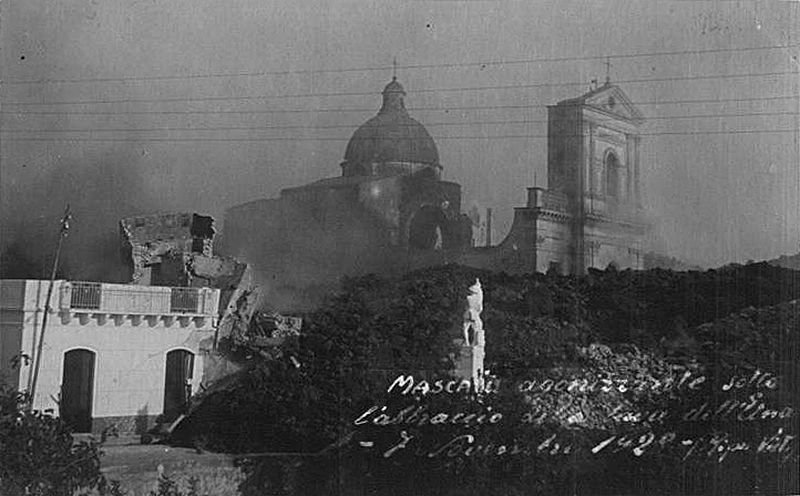
Witnessing the Power: Sights and Sounds of an Etna Eruption
Watching Mount Etna erupt was an unforgettable sensory overload. The glowing lava, deep rumbles, and sharp scent of volcanic gases filled the air.
Lava Flows and Volcanic Ash Up Close
The highlight? Watching bright red lava flows snake down Etna’s slopes. From Taormina, I could see molten rock shooting up from the Bocca Nuova crater, spraying fountains of fire into the night.
Sometimes, lava shoots up to 300 meters! The rivers of orange-red light wound down the mountain, and the sounds were just as wild—a low, constant rumble broken up by the occasional explosive boom.
When I got closer with a guide (still at a safe distance), I noticed the lava moved at different speeds. Some flows raced down, others crawled along, building up new layers as they cooled.
Volcanic ash fell like dark snow, leaving a powdery layer over everything nearby.
How Weather Impacts the Eruption Experience
Weather can totally change how an Etna eruption looks. Clear nights give you the best views, with glowing lava standing out against black skies.
During my dinner in Taormina, I lucked out with a crisp, clear spring evening and barely any wind. The staff told me winter eruptions often look even more dramatic, thanks to longer nights and darker skies.

Clouds can hide the show, but sometimes they catch the red glow and make the whole sky look like it’s on fire. Wind direction matters too—it decides where the ash ends up.
You can feel temperature swings near active fissures, with heat radiating out even if you’re not super close.
Ash Clouds Over Taormina and Nearby Cities
The eruption sent huge ash clouds into the sky, visible from Taormina and drifting toward cities like Catania and Messina. From my terrace, I watched dark, mushroom-shaped plumes climb kilometers into the air.
The ash created some wild effects:
- Sunsets turned fiery orange and red
- A fine dust settled on cars and streets in Taormina
- Occasionally, there was a faint burning smell in the air
Locals shrugged off the ash—it’s just part of living near Etna. In Catania, about 35 km away, residents often sweep volcanic ash off their streets and cars.
Sometimes, heavy ashfall disrupts air travel, forcing temporary closures at Catania’s airport. Even with the hassle, it’s hard not to feel a little wonder watching nature’s drama unfold over Sicily.
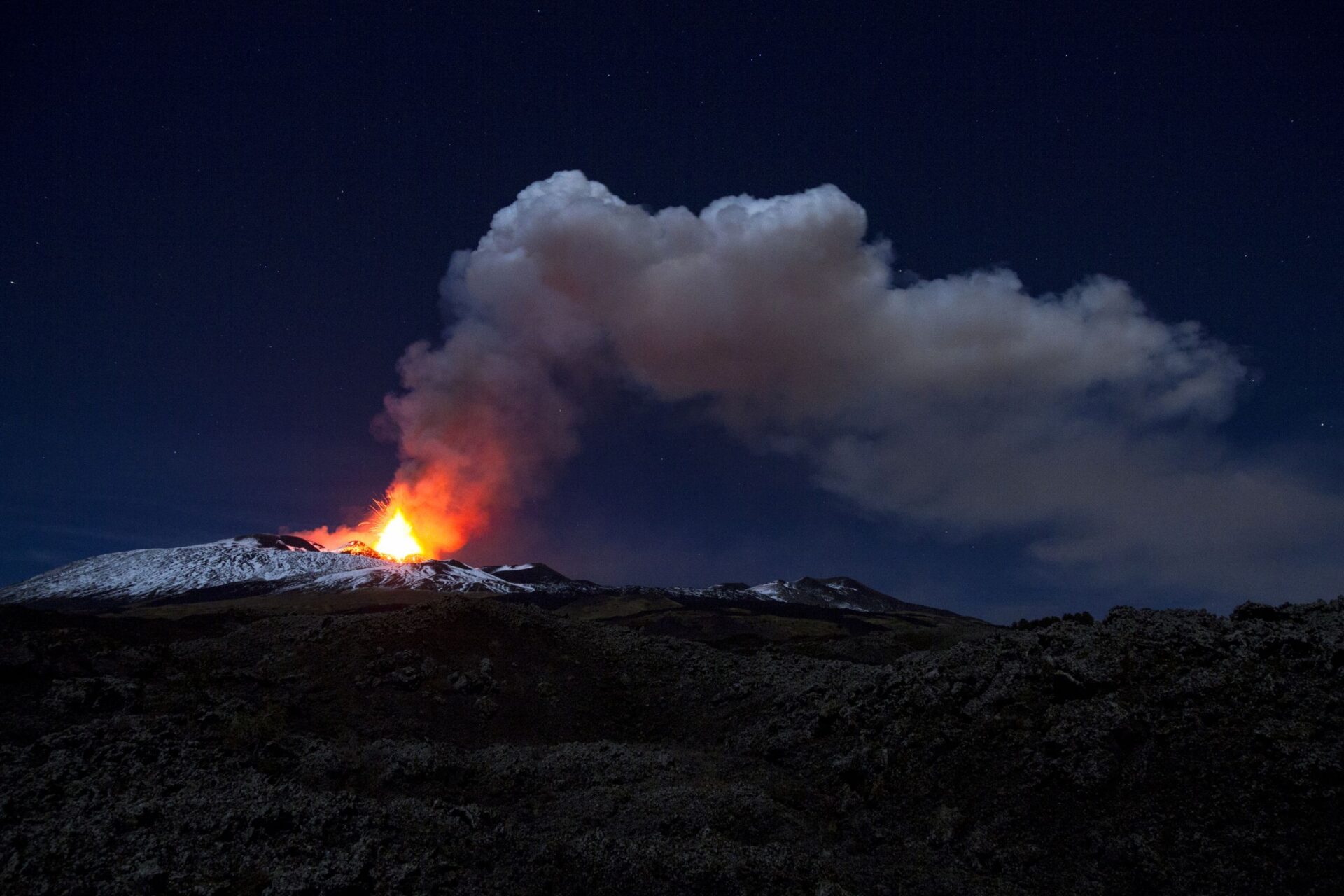
Taormina’s Charms Amid Eruptive Drama
Taormina feels even more magical when Etna erupts, turning a dinner out into something unforgettable. Sicily’s culinary delights and nature’s wildest show—what a combo.
Travelers’ Dinners Interrupted: Local Delicacies and Atmosphere
Halfway through my arancino, gasps rippled through the piazza. I looked up from my crispy rice ball and saw Mount Etna glowing in the distance. The restaurant staff barely reacted—just another night in Taormina.
My table sat right above the ancient Greek theater, with the volcano rumbling beyond. Every bite of seafood pasta somehow tasted more intense with that view.
Local wines flowed, and strangers chatted like old friends, united by the spectacle. “It does this often,” my waiter said, topping up my glass of Nero d’Avola with a shrug.
Cultural Traditions Unfolding During Volcanic Events
What really struck me was how locals wove Etna’s activity into their daily life. Street musicians switched to traditional Sicilian songs that honored the volcano.
Shop owners on Corso Umberto spoke of Etna as a moody neighbor, not a threat. “She watches over Sicily,” an old craftsman told me as he carved a wooden Etna. “When she speaks, we listen, but we never stop living.”
Some families even throw “eruption dinners” when they expect an event, serving traditional dishes meant to appease the mountain.
Artists set up easels on the spot, painting the red smoke and lava against the night sky—then selling their work to tourists the next morning.

Exploring Etna’s Reach: Towns, Trails, and the Sicilian Landscape
Mount Etna dominates eastern Sicily, shaping everything from the region’s agriculture to its tourism. Its presence is impossible to ignore.
Views Across the Gulf of Catania
The Gulf of Catania offers some of the best spots to take in Etna’s size. I found my favorite views along the coastal road between Catania and Taormina, where the volcano rises over the blue Mediterranean.
During my morning drives, the mountain often wore a smoky crown—perfect for photos. The contrast between the sea’s blue and the volcano’s dark slopes is just stunning.
From Aci Castello, I watched fishing boats float by with Etna looming in the background. The old Norman castle, perched on volcanic rock, gives you a perfect view of both the gulf and the mountain.
If you want the best light for photos, go early in the morning or at sunset. Etna’s slopes turn gold and red, and the whole landscape feels a little unreal.
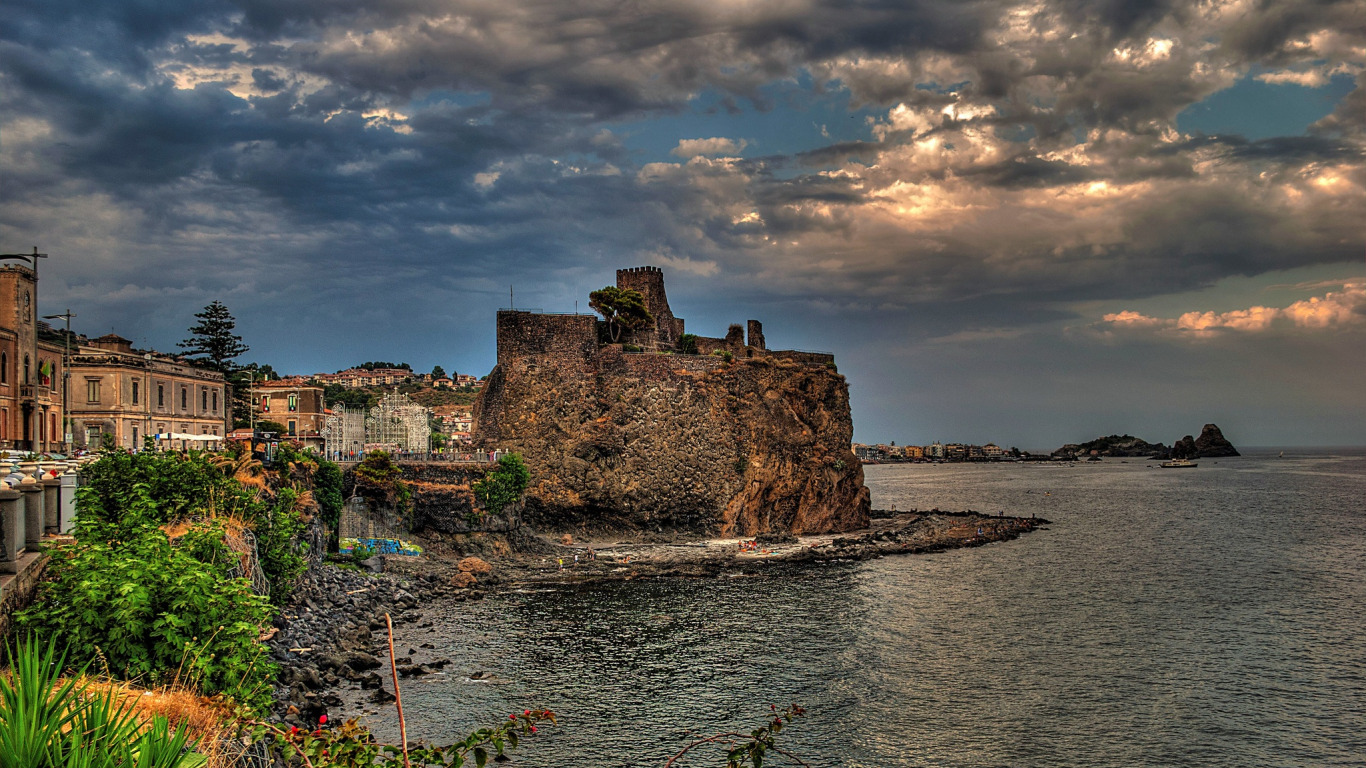
Day Trips: From Palermo to Catania
When I stayed in Taormina, I took several day trips around Sicily. Catania sits right in Etna’s shadow, and honestly, it feels like the perfect spot if you want to explore the volcano.
You can see the story of the city in its buildings—locals built them from volcanic stone, which gives Catania a kind of rugged charm. There’s something fascinating about living with the mountain always looming nearby.
Getting there from Palermo takes a bit of time—about two and a half hours by car. Still, I think it’s totally worth the effort. I usually go for the early morning train, which winds through Sicily’s heart and shows off those rolling rural landscapes before you finally reach Catania.
Popular Etna Tour Options:
- Summit tours (you’ll need a guide)
- Exploring the Silvestri Craters
- Wine tasting on the volcanic slopes
- Hiking trails for all kinds of skill levels
May and late September turned out to be my favorite times to visit. The weather felt just right—not too hot, and the crowds hadn’t taken over. The guides I met really knew their stuff and helped me understand why Etna matters so much, both geologically and culturally.
Etna’s Influence on Local Life and Travel
Living beneath Europe’s largest active volcano changes daily life in fascinating ways. Locals treat “Mungibeddu” (that’s Etna’s Sicilian nickname) with a mix of respect and practicality.
You can really see how farmers work with the volcanic soil. Vineyards and pistachio groves spring up in this mineral-rich earth, and the flavors they get here? Totally unique to the region.
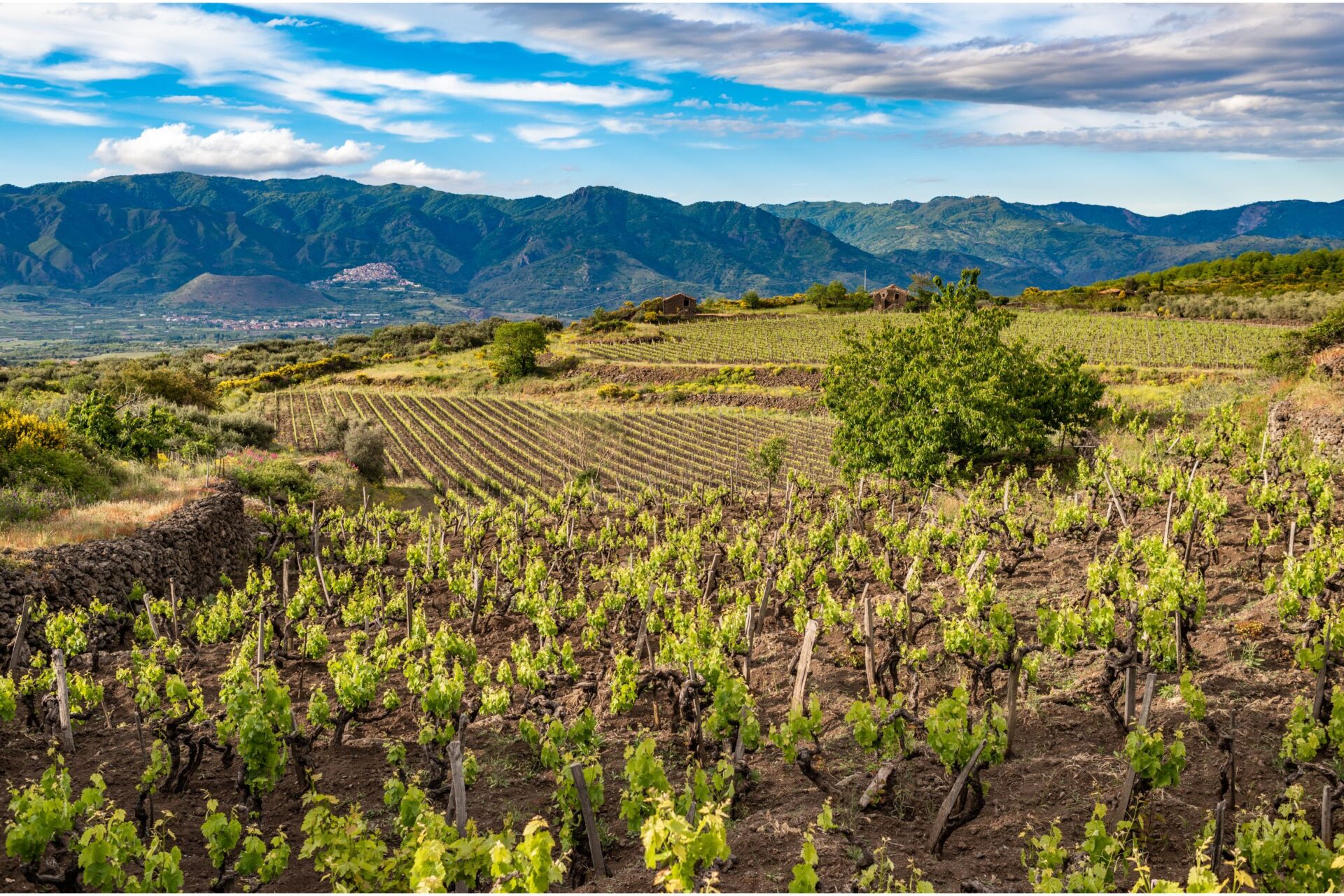
Wine tastings on Etna’s slopes made me realize how much the volcanic terroir shapes those complex notes in local wines. It’s something you just have to taste to understand.
People plan transportation around the mountain, not through it. Bus routes loop in semicircles at Etna’s base.
Every weather forecast includes volcano updates. Ash or sudden activity can throw travel plans off in a heartbeat.
For visitors, Etna sets the pace for Sicilian exploration. I found myself scheduling mountain adventures in the morning and saving the coast for lazy afternoons.

